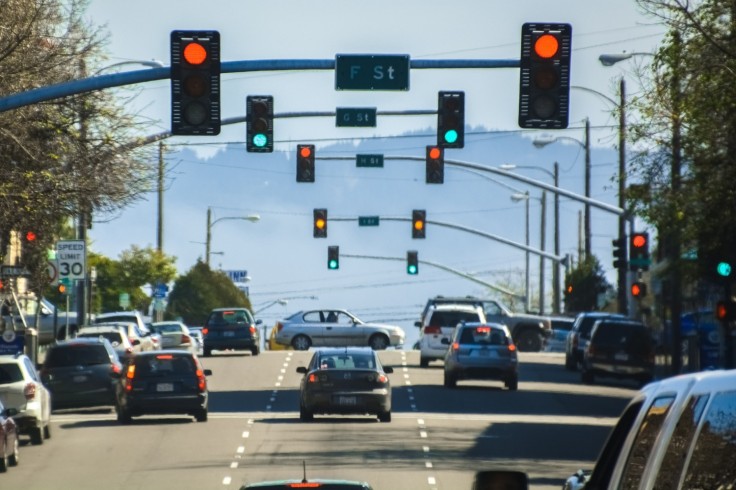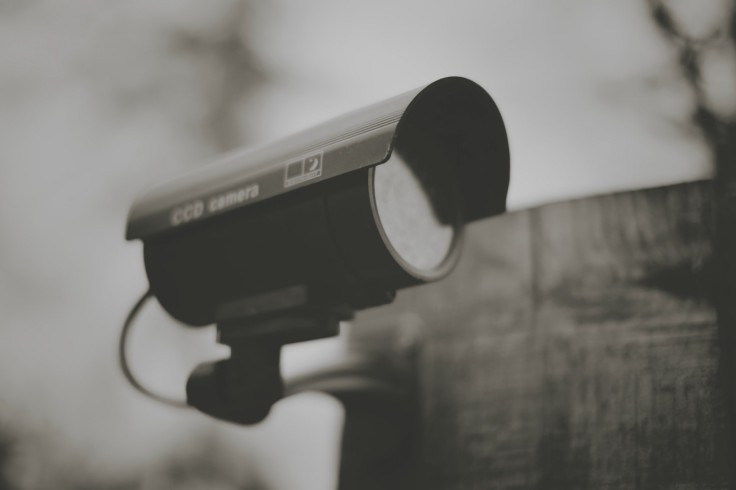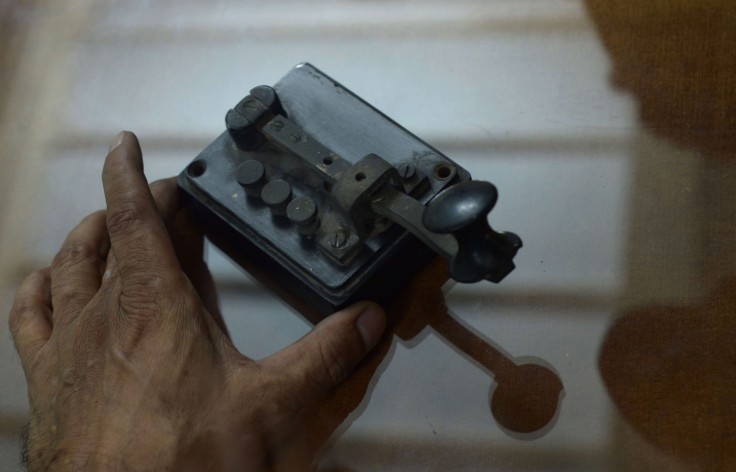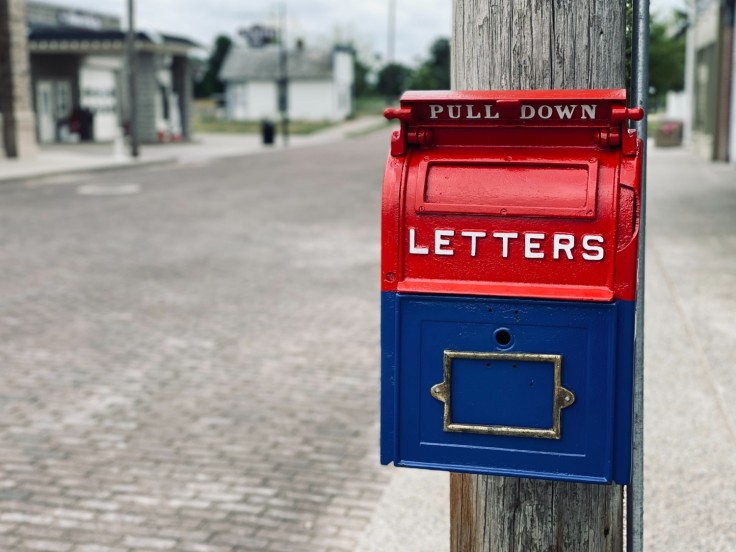Human civilization is a dynamic one, thanks to the intellect we humans have. With it, we were able to make the impossible possible. Whenever we are faced with a problem, we find ways or invent something to overcome it.
We invented the wheel to help us transport people and objects from one place to another. We invented saddles to help us ride horses better, and we invented the internet to help people stay connected no matter where they are.
Genius doesn't come based on the color of their skin or their financial and educational status. It comes from someone willing to go to great lengths to overcome the difficulties in front of them.
African Americans are no different in this regard.
In the spirit of Juneteenth, here are five inventions you didn't know were invented by African Americans:
Three-Light Traffic Signal

Traffic lights are a common sight to see on roads today, but back in the 1920s, they looked vastly different, with them having only two lights - green and red, according to the History Channel's official website.
It wasn't until Garett Augustus Morgan, an African American with only elementary school education, invented the three-light traffic light that driving became safer thanks to Morgan's idea to add a "yield" component that warned drivers of an impending stop. This component is more commonly known as the yellow light.
Morgan's three-light traffic system was one of the first of its kind that was invented, thanks to his invention, three-light traffic lights were widely adopted and eventually became the traffic we take for granted today.
Home Security System (CCTV)

Closed-circuit televisions or CCTVs became an essential tool in terms of home and business security, as well as keeping tabs on our elderly loved ones.
As such, we owe our thanks to one Marie Van Brittan Brown, who first invented the CCTV in 1969, per the Massachusetts Institute of Technology. Back then, she was afraid of being alone and vulnerable at home while her husband was at work due to the high crime rate in their neighborhood and the slow response of NYPD officers at the time.
She then invented the first CCTV, which involves four peepholes, a sliding camera, television monitors, and two-way microphones. This contraption allowed her to communicate with people on the other side of the door and capture their images regardless of their height.
Her invention was recognized in New York, and she received a reward from the National Scientists Committee for it.
Multiplex Telegraph

Train stations wouldn't work the way they did without a form of communication between them. However, Granville T. Woods, the first African American mechanical and electrical engineer after the American Civil War, invented the multiplex telegraph that allowed train dispatchers to communicate with moving trains and other dispatchers via the telegraph, per How Stuff Works.
Read More : SpaceX Employees Say That Elon Musk's Behavior has Been a 'Source of Distraction and Embarassment'
The invention of the multiplex telegraph solved the problem of train collisions, which were hugely common at the time.
Thomas Edison sued Woods for claiming that he, not Edison, was the inventor of the multiplex telegraph, but Woods eventually won the lawsuit in the end.
Automatic Elevator Doors

Elevators are a convenient way of going up buildings. It eliminates the footwork and the resulting tiredness that comes from climbing flights of stairs to get to a floor of a building that is stories high.
However, riding one was complicated and risky, with people needing to manually open and close them before riding. Failure to do so usually results in an accident, with the occasional fatalities.
When Alexander Miles' daughter almost fell down an elevator shaft to her death, he quickly developed a solution to avoid such accidents again. The result of his efforts is a patent for a mechanism that automatically opens and closes elevator shaft doors, which we enjoy to this day.
Protective Mailbox

The US during the mid-1800s is one of the worst times to be sending and receiving mail. Back then, public mailboxes were semi-open, making them easy prey for thieves to steal mail.
Another problem with semi-open public mailboxes is that the mail stored inside isn't that protected from the elements. Rain and snow can still get in the boxes and dampen the mail inside, damaging them, per Face 2 Face Africa.
However, in 1891, Philip B. Downing saw the problem and invented a device he called the "street letterbox," which took the form of a tall metal box with a secured, hinged door to drop letters into.
Downing's invention allowed for drop-off near a sender's home and easy pick-up by a letter carrier. The hinged door in Downing's letterbox, meanwhile, prevented rain and snow from entering the box and damaging the mail.









